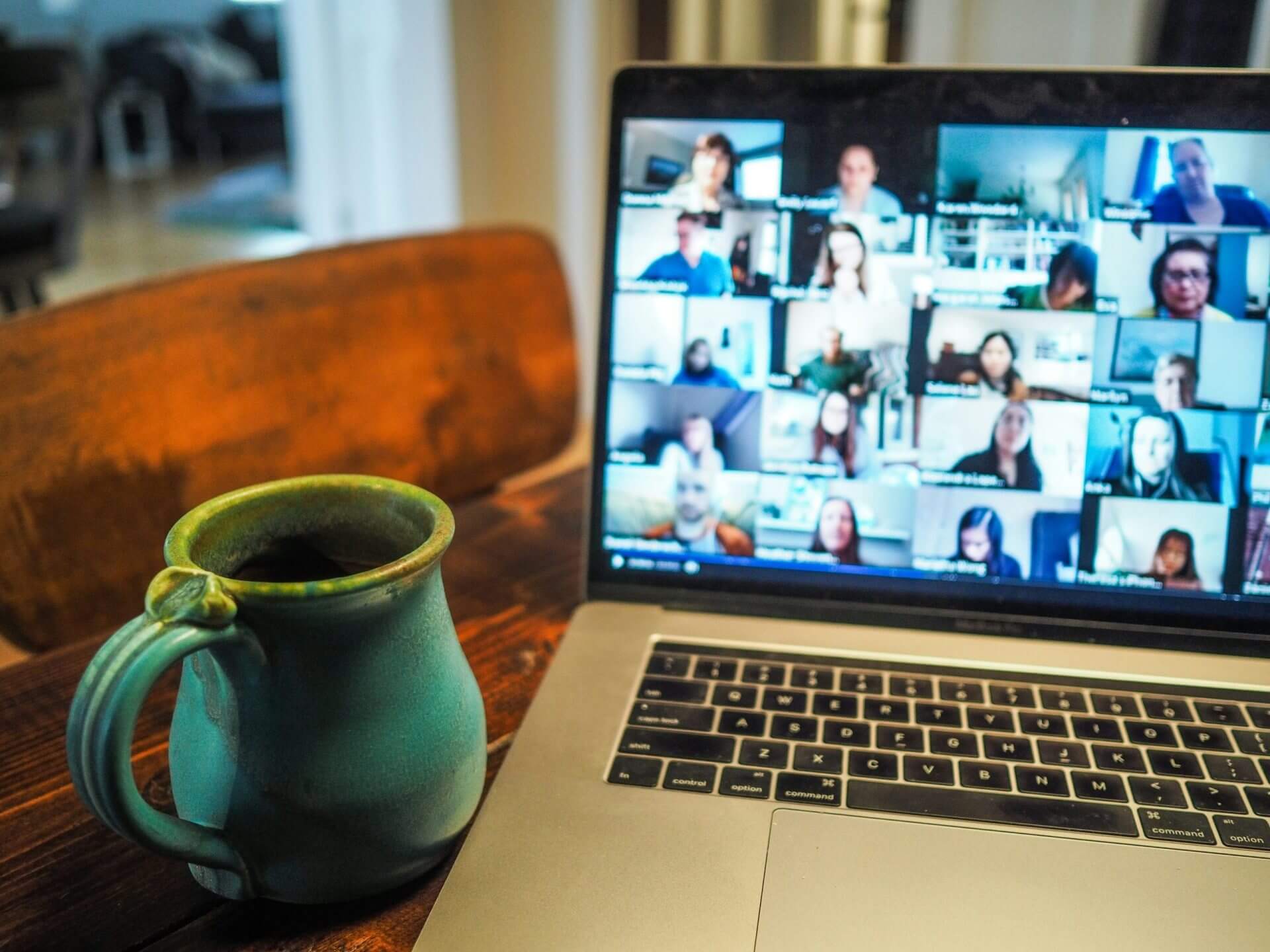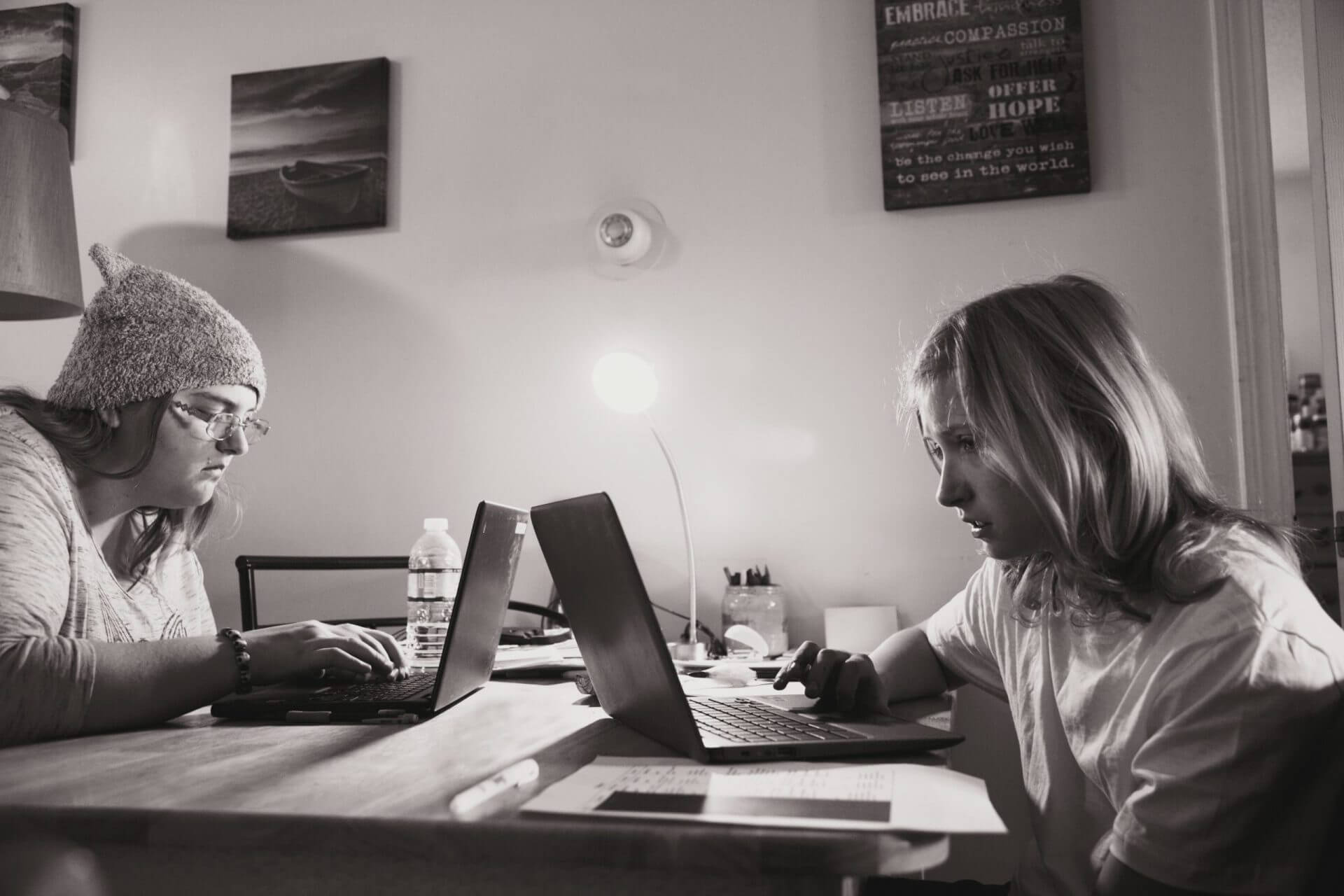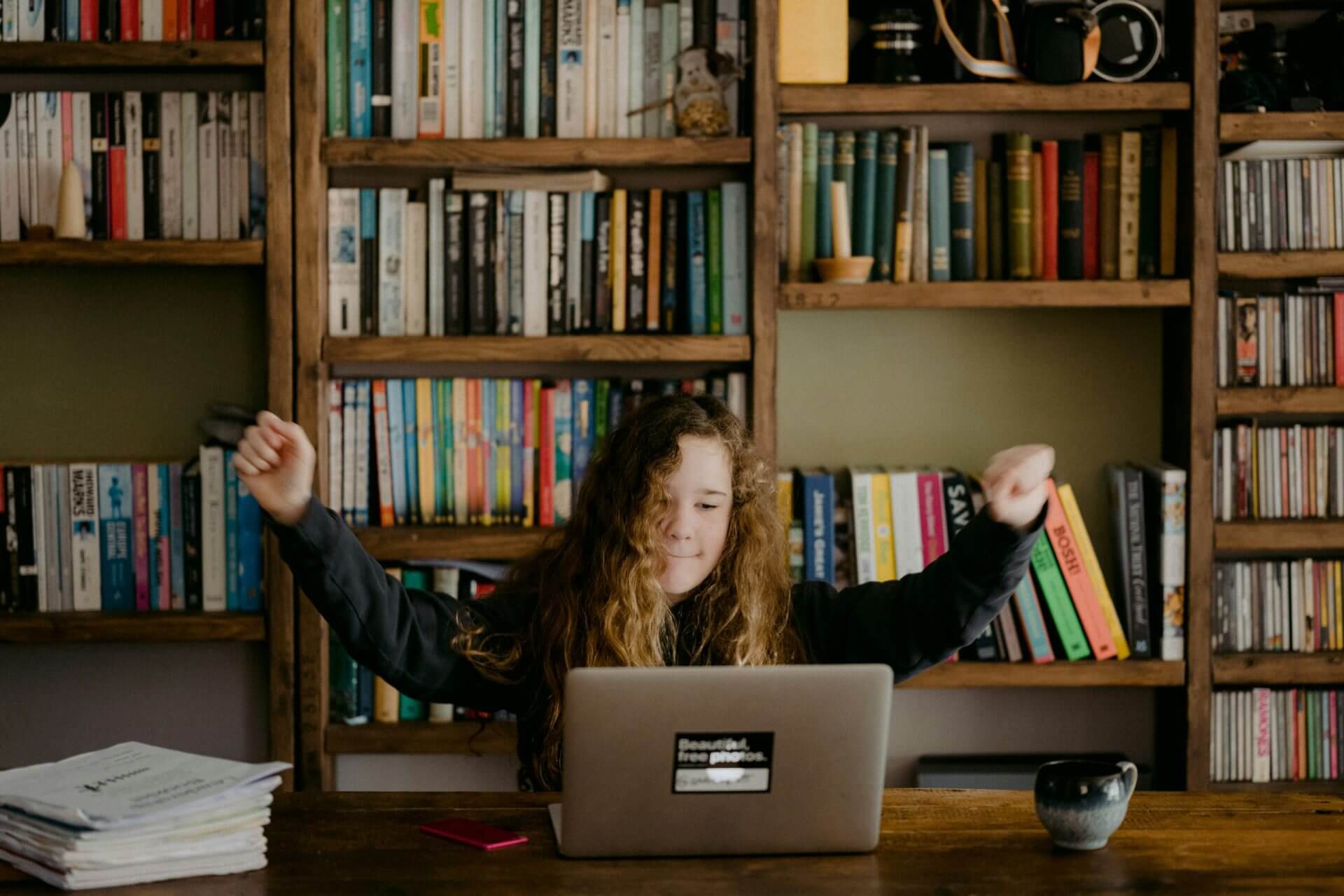The world is now slowly recovering from the most disastrous crisis in the modern age – there is renewed optimism as Europe, Australia, Malaysia and China report a considerable decline in COVID transmission while half the globe accelerates towards herd immunity. Still, various uncertainties remain and the lessons and challenges from the pandemic must not go unheeded.
Technology, Social Services and Education
Aside from limiting physical interactions, the pandemic dramatically reconfigured the delivery of public services. This forced plenty of public agencies to provide traditional services using online platforms.
In the education sector, many countries resorted to remote learning modalities as the most practical means to continue school operations. Although technologies and capacities were relatively available in many educational institutions, there was a lack of design features and customized technologies that can specifically and efficiently cope with the rapidly changing workloads and emerging necessities of both teachers and students. For instance, immediately after the shutdown, many Asian educators shifted to using the popular mobile application WhatsApp as an immediate way to connect and communicate with their students. Many adopted its use for classroom instruction due to familiarity rather than functionality. However, it soon became apparent that the platform lacked the means to collect feedback and requirements, both of which are critical educational activities.
Distance Learning and Design Limitations
Zoom and Skype also became primary applications for meetings, conferences and group interactions but had the same limitation as WhatsApp. Platforms like Google Classrooms provided additional user design features that made it suitable for remote learning. However, it still lacked functions like virtual test administration and personal consultations.
Understandably, these were social media applications intended primarily for communication and not as mainstream alternatives to classrooms. The UX design philosophy and considerations in their development were personal, if at all, user-specific rather than institutional needs. Thus, their strong design features include portability, user-friendliness and aesthetics instead of classroom utility.
The glaring challenge in remote learning is therefore the need to look into UX research in an educational setting. User research firms must look into determining more innovative designs for target groups and not just individual consumers. Specifically, UX design start-ups can not only go beyond designing for students but for educators as well, and integrate different needs and preferences of both clients. This simply means making user experience appealing for students and convenient for teachers too.
At its core, UX design aims to improve user experience in ease of use, customization and flexibility of digital applications. Major user interface and design research companies already have outstanding track records for responsive services and technology solutions, but there is room for growth in educational settings that consider new privacy issues inherent in classrooms where students and teachers frequently share information and documents. In other words, UX designing must not just be user-centered but also activity-specific in the context of teaching-learning environments.
Given strong research data, user experience consulting companies can also push for further professionalization of UX design and offering of UX design formal degrees. This can exponentially increase not just the number and quality of design practitioners but also provide different institutions the opportunity to develop their own human resources in UX design and enhance their context-specific technical and adaptive capacities.
Learning Amid Uncertainty
There is neither a definite timeframe nor definitive proof when and if it might be safe to open schools again. Given this continuing uncertainty, the challenges to improve remote learning still looms. And UX design plays a critical role in creating school-oriented technologies that address varying conditions of both individuals and institutions, both learner and educator and in making education work in the face of the new normal.
Of course, these challenges may appear unnecessary as news of recovery and optimism appear in the horizon. But given the possibility of a similar medical and health crisis in the near future, preparing for another wide-scale pandemic might be the best lesson and precautionary measure we can learn from the COVID-19. And for many institutions and organizations, collaborating with a user experience design agency like us at USER will not only reduce risks from potential global shutdowns but assure sustained quality education even against an uncertain future. Get to know us and let’s start the discussion about your project by answering our inquiry form.





